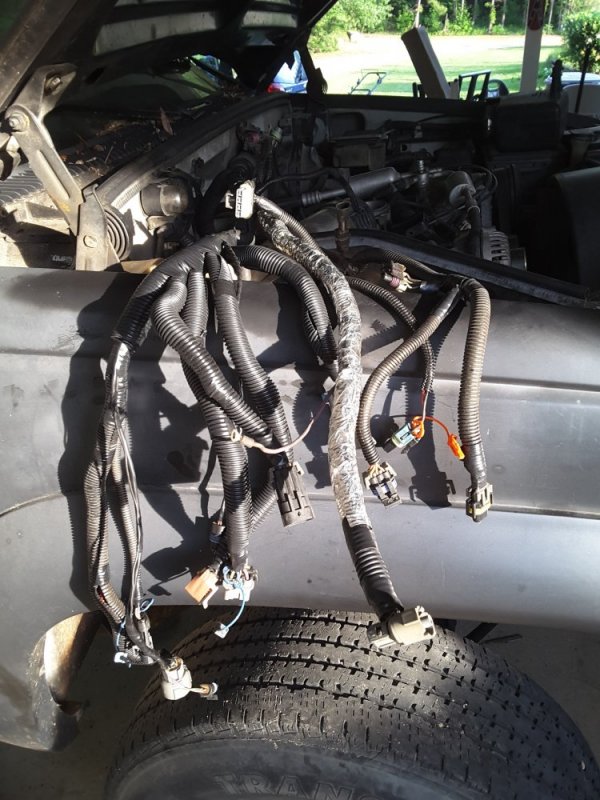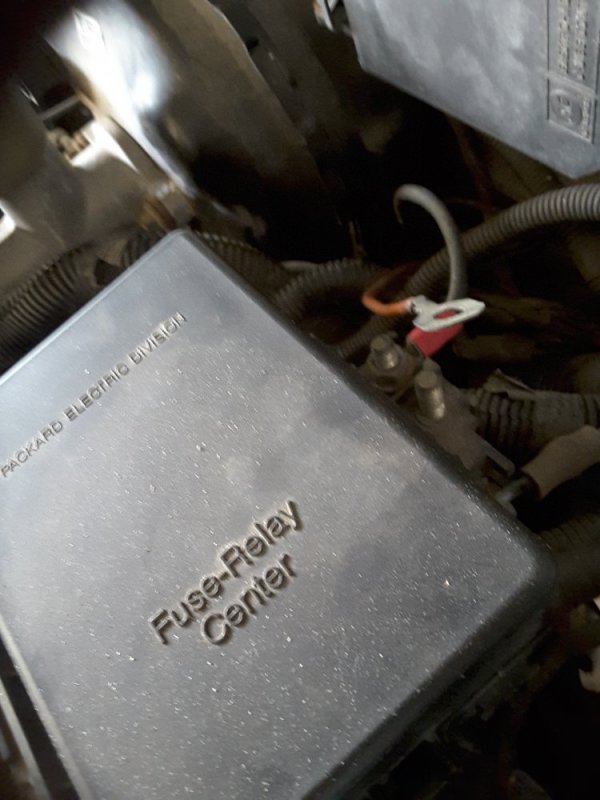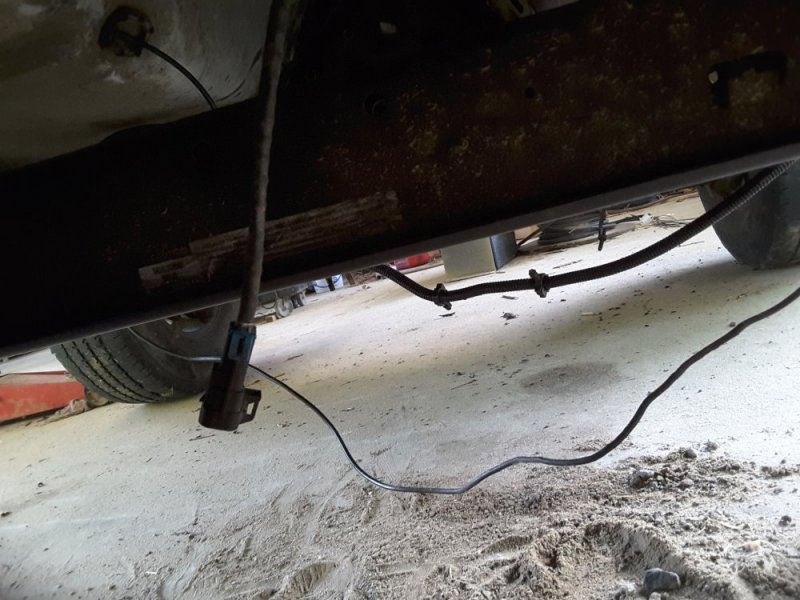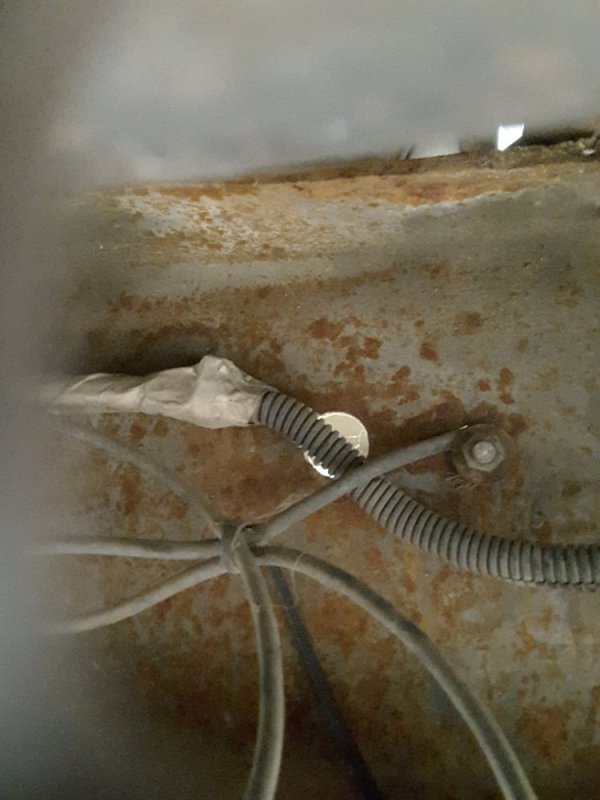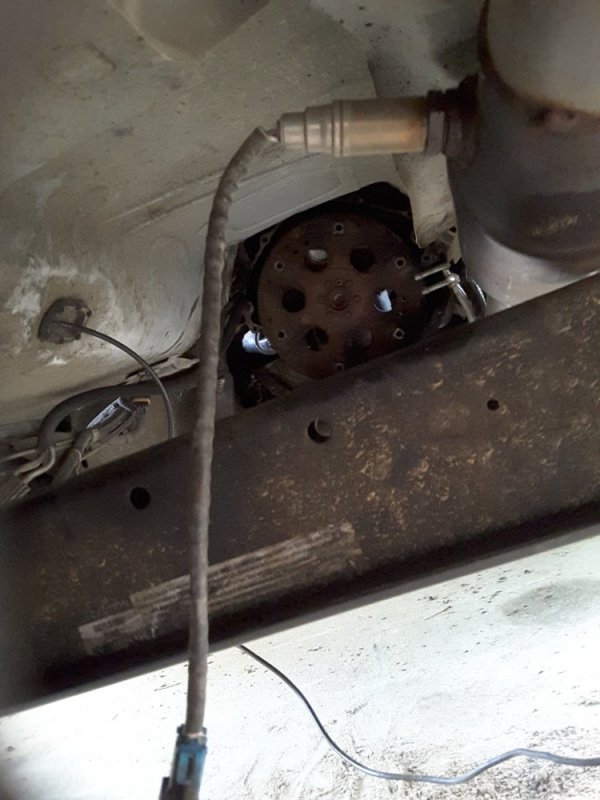Richard Grant
Active Member
Some of you may have read about my exploits with the 4L80 trannie driving me crazy. First off I am not an electrical guy like my son is. After reworking the transmission and engine harness he wanted to know if resistance was calculated into the chassis for sensor and signal back to the ECM. I am wanting to attach new and better ground wires and even add a few. If anyone has input please dumb it down so this D.A. Mechanical engineer can understand. I'd like to impress him with knowledge. I play with molecules and he deals in electrons. Thanks a bunch, Richard .

